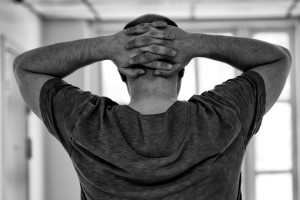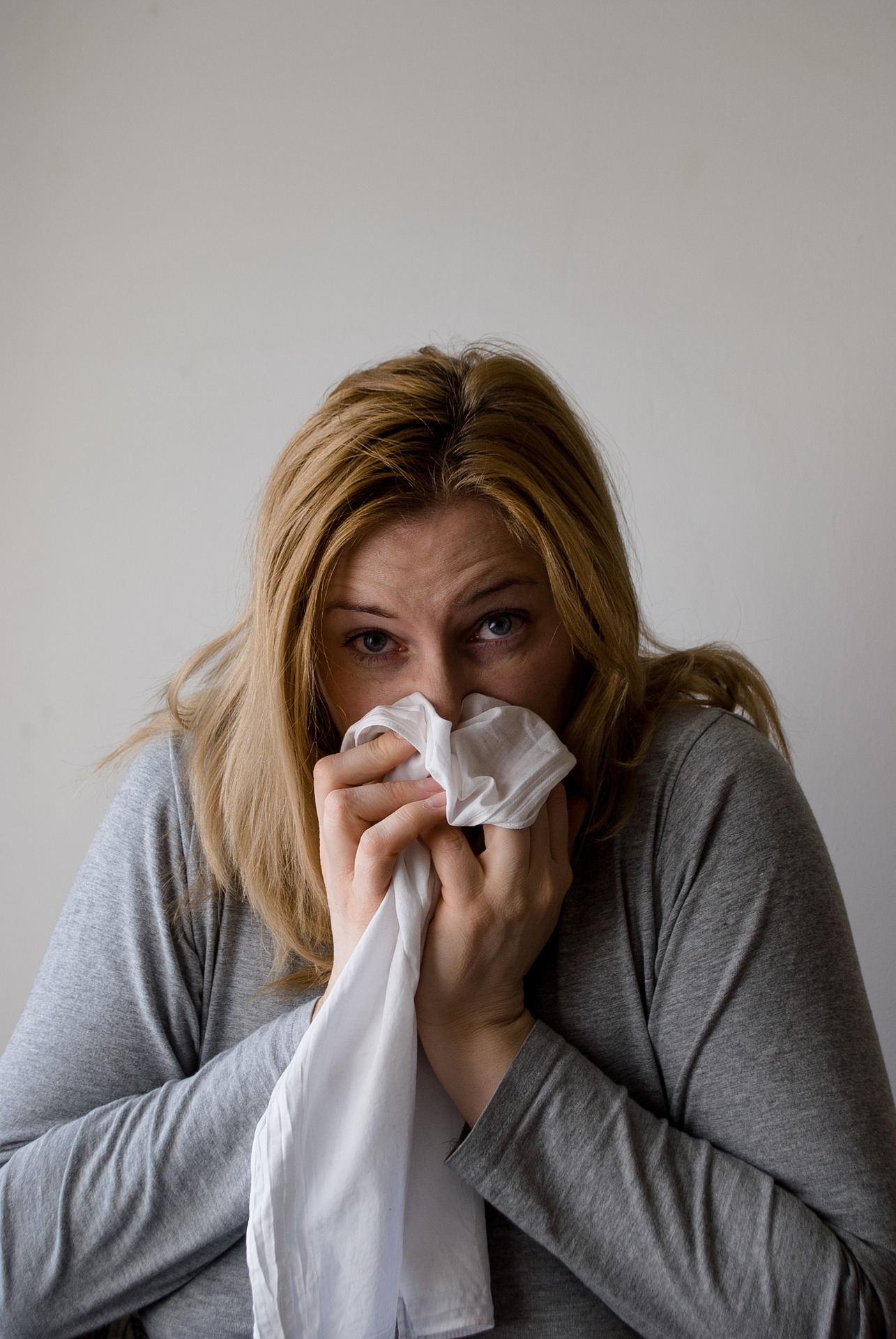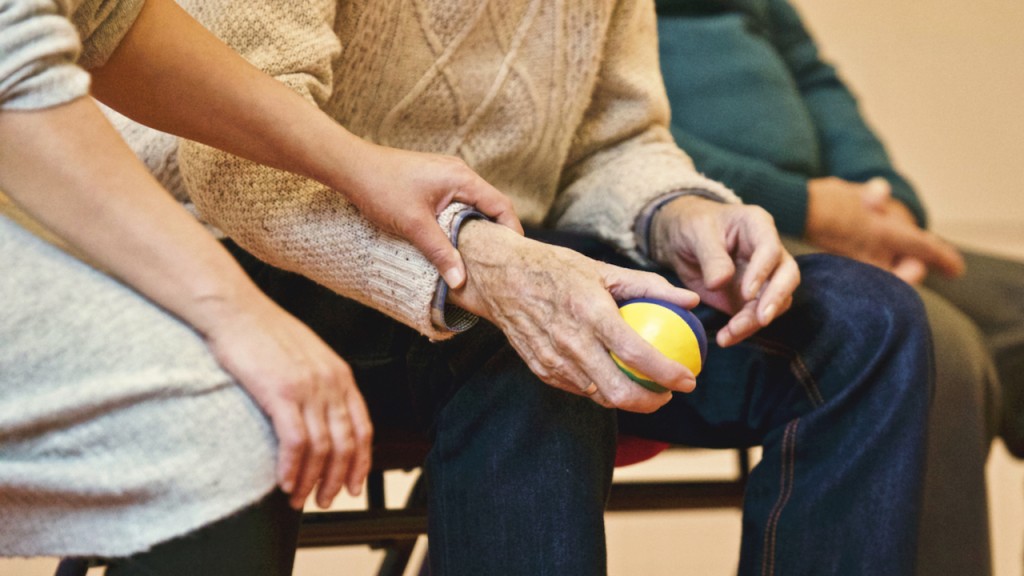
We take around 22,000 breaths every day, but more than half of all Australians do not think about their lung health. November is Lung Health Awareness month, which is a good time for everybody to pause and think about their own lung health, as well as having a supportive attitude towards other people who have been diagnosed with lung disease.
Lung disease symptoms often increase slowly, which causes people to adjust their daily life or treat their symptoms instead of getting help. Lung disease does not discriminate, and can affect people of any age, any gender, smokers and non-smokers. Yet people with lung disease often feel judged and misunderstood. Here are 4 reasons why we should all take time to think about our lungs.
-
Most people don’t take lung health seriously
Three out of five Australians who participated in a Lung Health Foundation study were found to have symptoms or risk factors that increased the possibility that they might develop lung disease, while more than one in ten have been diagnosed. Lung health is something that every person should consider. According to Lung Foundation Australia, 1 in 7 Australians die because of lung disease every year, yet many people continue to ignore or misunderstand the signs and symptoms of lung disease.
-
Lung disease is a very serious diagnosis
Lung cancer has one of the lowest survival rates of any cancer – only 15% of those diagnosed are alive five years after their diagnosis. One Australian dies every hour from lung cancer, which makes it the leading cause of cancer death in Australia – more than prostate, breast and ovarian cancer combined. Early detection gives the best chance of a positive outcome, making it even more important that we are conscious of changes to our lungs.
-
Lung cancer sufferers face discrimination
While there are many factors linked to lung cancer, almost 90% of Australians think that smoking is the only lung cancer risk. This misinformation has led to a third of Australians believing that people with lung cancer have only themselves to blame.
While factors such as smoking and poor lifestyle decisions do increase the risk of lung disease, many people who are living with a diagnosis have never smoked in their life. Regardless of their status as a smoker, people with lung disease still deserve the compassion and understanding that we would give to anyone suffering from a life-altering illness.
-
There are symptoms we can all look out for
Most symptoms should be compared to your usual lung functions, so it’s important to be aware of your lung functions even if you don’t think there is a problem. Some of the symptoms that might indicate a problem are:
- Breathlessness, especially compared to others of your age
- Chest tightness or wheezing
- A persistent, new or changed cough
- Chest pain
- Coughing up blood, mucus or phlegm.
- Unexplained weight loss or fatigue
- Frequent chest infections
Also, you should pay extra attention to your lungs if you have a family history of lung disease, are a past or present smoker, or have worked in a job that exposed you to dust, gas or fumes. If you have any concerns, talk to your GP as soon as possible so they can help you on the road to healthy lungs.
Click here to book an appointment with a GP to discuss your lungs –>









